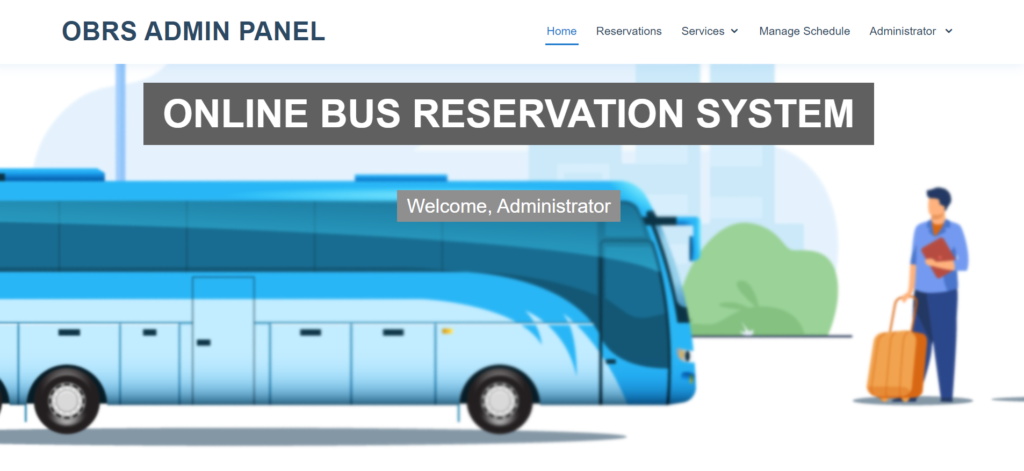In today’s digital age, convenience and efficiency are paramount, especially when it comes to planning travel. An online traveling system can greatly enhance the travel booking experience for users. In this blog, we will explore how to create an online traveling system in PHP, a popular server-side scripting language known for its efficiency and ease of use. Our focus keyword is “Traveling system,” so let’s dive in!
What is an Online Traveling System?
An online traveling system is a web application that allows users to search, book, and manage their travel arrangements online. This can include flights, hotels, car rentals, and vacation packages. Such systems provide real-time availability, pricing, and booking options, making travel planning much simpler and more accessible.
Why Use PHP for a Traveling System?
PHP is a widely used open-source scripting language that is especially suited for web development. Here are a few reasons why PHP is a great choice for developing a traveling system:
- Ease of Use: PHP is straightforward and easy to learn, making it accessible for beginners.
- Flexibility: PHP can be embedded into HTML, which allows for the seamless creation of dynamic web pages.
- Database Integration: PHP works well with various databases like MySQL, ensuring robust data management.
- Community Support: PHP has a large community, providing plenty of resources, tutorials, and frameworks to aid development.
Key Features of an Online Traveling System
- User Registration and Login: Secure user authentication to ensure personalized experiences.
- Search Functionality: Users can search for flights, hotels, and car rentals based on their preferences.
- Real-Time Booking: Display real-time availability and allow users to make instant bookings.
- Payment Gateway Integration: Secure and reliable payment options for completing transactions.
- Booking Management: Users can view, modify, or cancel their bookings.
- Admin Panel: For managing listings, bookings, and user accounts.
Steps to Create an Online Traveling System in PHP
- Setup Environment:
- Install XAMPP or WAMP server to run PHP and MySQL on your local machine.
- Create a new database for storing user data, booking details, and travel listings.
- Create Database Tables:
- Users Table: For storing user details.
- Listings Table: For storing travel options like flights and hotels.
- Bookings Table: For recording user bookings.
- Design the User Interface:
- Use HTML and CSS to create a user-friendly interface.
- Implement forms for user registration, login, and search functionality.
- Develop Backend Logic:
- Write PHP scripts to handle user registration, login, and session management.
- Create search algorithms to filter travel options based on user input.
- Implement booking functionality with real-time updates in the database.
- Integrate Payment Gateway:
- Choose a reliable payment gateway (e.g., PayPal, Stripe).
- Ensure secure transactions by integrating the payment API with your PHP scripts.
- Testing and Deployment:
- Test the system thoroughly to ensure all features work as expected.
- Deploy the system to a live server and make it accessible to users.
SEO Tips for Your Traveling System
- Use Relevant Keywords: Incorporate keywords like “Traveling system,” “online booking,” “travel management,” and “PHP travel system” naturally throughout your content.
- Optimize Meta Tags: Ensure your meta titles and descriptions are engaging and contain your focus keywords.
- Mobile Optimization: Ensure your traveling system is responsive and works well on mobile devices.
- Fast Loading Speed: Optimize your PHP scripts and database queries to ensure fast loading times.
- Quality Content: Provide useful content related to travel tips, destination guides, and system features to attract and retain users.
Conclusion
Creating an online traveling system in PHP can significantly enhance the travel planning experience for users. With features like real-time booking, user management, and secure payments, you can provide a seamless and efficient platform for travelers. Follow the steps outlined above to develop a robust traveling system, and remember to focus on SEO best practices to reach a wider audience.
Happy coding, and may your traveling system make many travel dreams come true!




